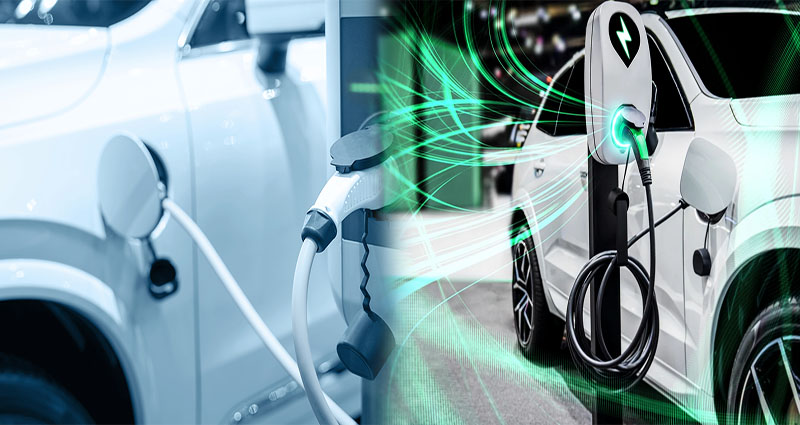The emergence of electric vehicles (EVs) has paved the way for a greener and more sustainable future of transportation. As the world continues to embrace the shift towards electric mobility, vehicle-to-grid (V2G) integration is emerging as a key technology that takes EVs beyond being just means of transportation. V2G integration holds the potential to reshape the energy sector by enabling EVs to not only consume energy, but also to serve as mobile energy storage units that can give back power to the grid when needed. This revolutionary concept is set to have a profound impact on sustainable transportation and the overall electric grid infrastructure.
At its core, V2G refers to the bi-directional flow of electricity between EVs and the power grid. By enabling EVs to store and release electrical energy, V2G integration offers numerous benefits. Firstly, it enhances grid reliability by balancing demand and supply. By utilizing the battery capacities of EVs to store excess electricity during low demand periods and injecting it back into the grid during peak demand, V2G integration helps stabilize the fluctuations in the power grid. This not only reduces the need for additional power generation capacity but also reduces dependence on non-renewable energy sources.
Secondly, V2G integration promotes the integration of renewable energy sources into the grid. As solar and wind power generation are intermittent, the ability to store excess energy in EV batteries ensures that renewable energy doesn’t go to waste. By using EVs as temporary storage units, excess renewable energy can be stored during times of high production and used to power homes, buildings, or even be sold back to the grid when demand is high and renewable energy generation is insufficient. This promotes the use of clean energy and reduces greenhouse gas emissions, contributing to a cleaner and more sustainable environment.
Furthermore, V2G integration also offers economic incentives for EV owners. EV owners can earn money by participating in demand response programs where utility companies pay EV owners for providing power back to the grid during peak demand periods. In addition, V2G integration allows EV owners to take advantage of cheaper electricity prices during off-peak hours for charging their vehicles. This helps reduce the overall cost of EV ownership and promotes the adoption of electric vehicles.
While the concept of V2G integration holds great promise, there are a few challenges that need to be addressed for its widespread implementation. One of the main challenges is the development of standardized protocols and communication systems that enable seamless integration between EVs and the grid infrastructure. Additionally, there is a need for robust cybersecurity measures to protect the system against potential threats and ensure the safe and secure flow of electricity.
Nevertheless, various pilot projects and initiatives are already underway to test and advance V2G integration. Governments, utility companies, and automotive manufacturers are collaborating to create an environment that supports the integration of electric vehicles into the grid. For example, Nissan has been conducting trials of V2G integration in multiple countries, showcasing the potential of this technology to unlock the full value of electric vehicles.
Vehicle-to-grid integration is shaping the future of sustainable transportation for electric vehicles. By enabling EVs to serve not only as energy consumers but also as contributors to the power grid, V2G integration offers immense benefits in terms of grid stability, renewable energy utilization, and economic incentives for EV owners. As the world continues to move towards a greener and more sustainable future, V2G integration promises to play a pivotal role in transforming the transportation and energy sectors, paving the way for a cleaner and more sustainable world.





